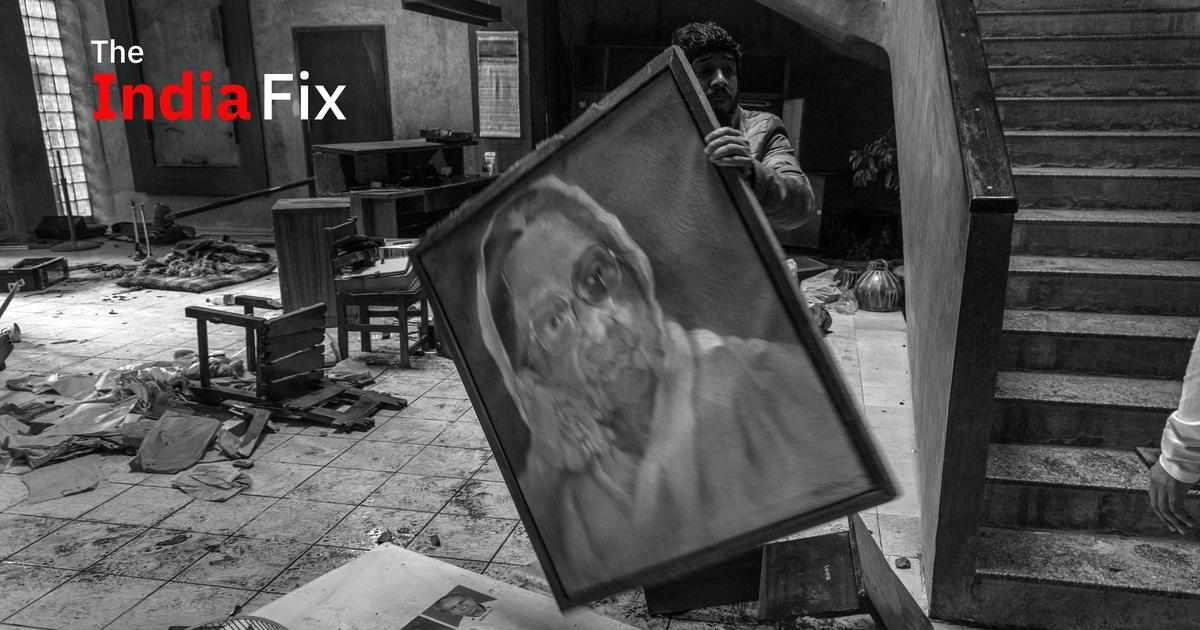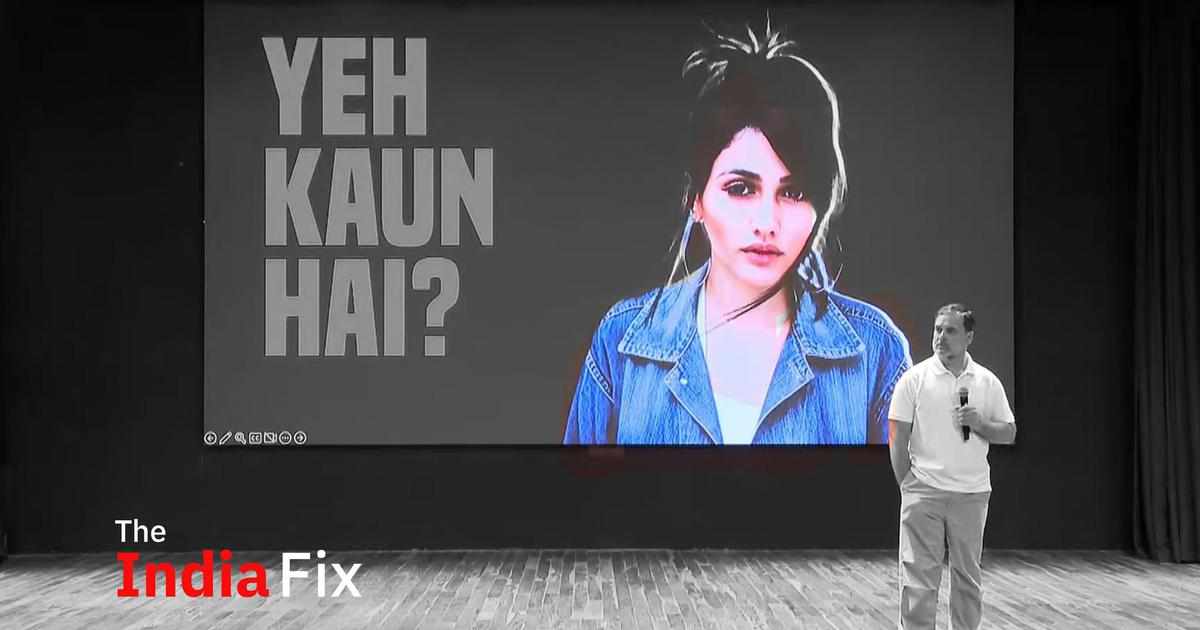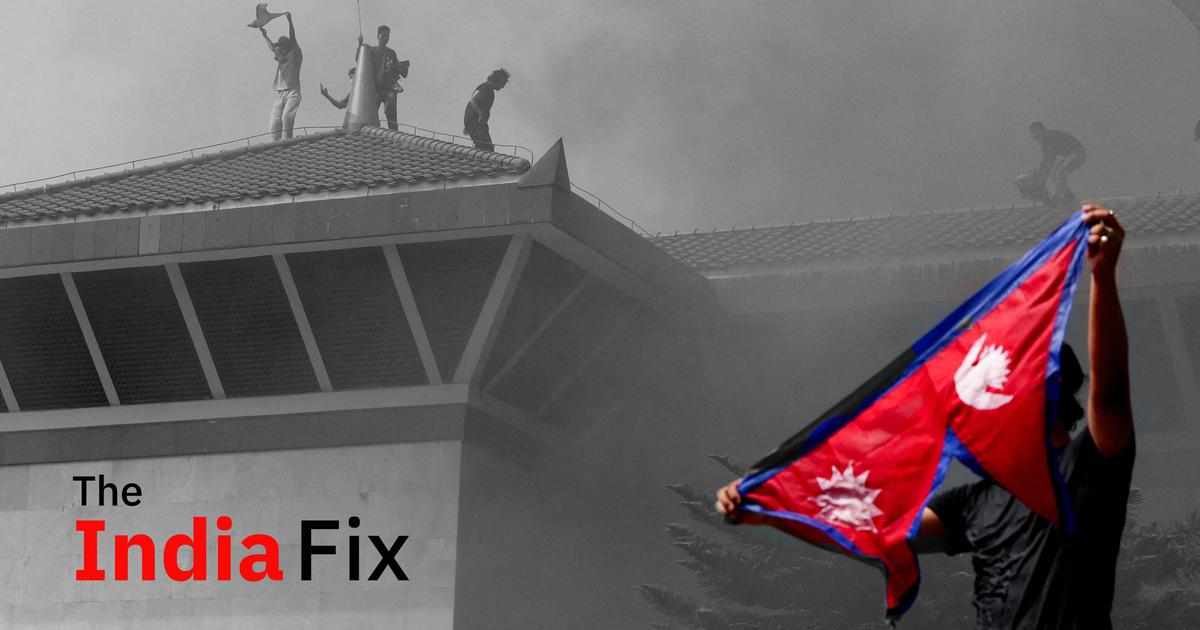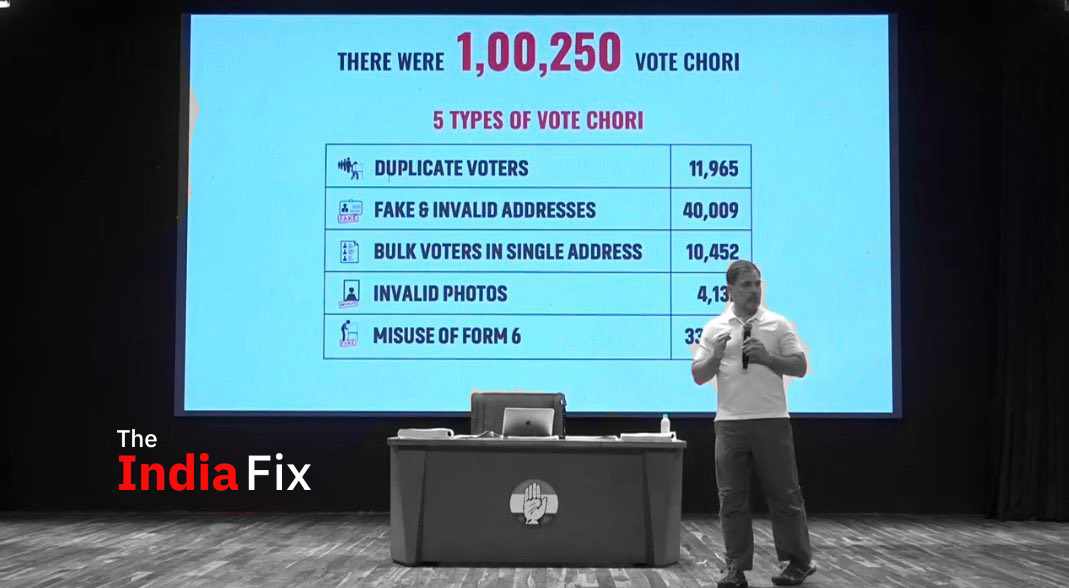
Welcome to The India Fix by Shoaib Daniyal, a newsletter on Indian politics. To get it in your inbox every Monday, sign up here. Have feedback, interesting links or memes? Send them to shoaib@scroll.in.
India woke up to some troubling news on Friday: at 7.79%, retail inflation in April was the highest in eight years. It had last been higher only in May 2014, the final month of the tottering United Progressive Alliance government.
The figures were worrying but should not have been surprising. While the Modi government has tried to peg inflation solely on the Russia-Ukraine war, India’s current spell of rising inflation precedes that by quite a bit. It has, in fact, been seeing high levels of inflation for more than two years now.
Lockdown to Ukraine
One of the major factors contributing to high inflation seems to have been India’s incredibly harsh Covid-19 lockdown in 2020. The sudden closure of nearly the entire Indian economy was unique even as far as other country’s lockdowns go. A stunned India saw its manufacturing capabilities as well as supply chains disrupted leading to fewer goods reaching Indian consumers and, as a result, rising prices.
Also playing a part were very high fuel taxes levied by a cash-strapped Union government. Given fuel is an input for transportation, it affects a wide-range of industries, playing a major role in pushing up inflation.
As this was unspooling, along came Putin with his plans to invade Ukraine. Given Russia and Ukraine’s large agricultural footprint, this immediately spiked the prices of commodities such as wheat and edible oil. Even more disastrous was the fact that oil prices shot up, given Russia is a major oil and gas producer.
Worryingly, for India, none of these factors are quickly fixable. Experts believe that getting back to India’s inflation target of 4% could take years. Which means India will likely go into the 2024 general elections in a high inflation environment.
So where does that leave Indian politics?
Inflation targeting
It’s almost a truism that inflation is incredibly important politically. One of the, if not the biggest, factors that made the United Progressive Alliance-II government so unpopular was high inflation (it was more than 10% from 2009 to 2014).
Keenly aware of what brought him to power, Modi put in place an inflation targeting mechanism, instructing the Reserve Bank of India to keep price rise at 4% (with a 2% tolerance band). For quite some time, this worked quite well. From October 2016 to March 2020 inflation was less than 4%. For Modi this was a critical input in his 2019 Lok Sabha win in spite of a weak economy. However, conversely, it also resulted in farmer anger. Low food prices might be good for the consumer but it, in effect, means low incomes for the producer.
By the end of 2019, however, this low inflation regime has clearly failed. Price rise was almost constantly above the 4% target. In fact, for most of 2020, it was above the 6% level, even breaching the tolerance band.
Price rise
For reasons that are not entirely clear, the Reserve Bank of India fell asleep at the wheel. As late as March, the RBI governor kept on claiming in public that inflation was transitory and it would soon fall down close to the 4% target.
By May, however, the RBI action’s made clear that it itself did not believe these public pronouncements. On May 4, in a shock move, the RBI raised the repo rate by 40 basis points as well as increased the cash reserve ratio by 50 basis points. The repo rate is the interest at which the Reserve Bank lends to banks. The CRR mandates the amount of liquid cash a bank must maintain. A basis point is one-hundredth of a percentage point.
The RBI was pressing down hard on the brakes, hoping to pull out money from the system and, in turn, slow down inflation. Troublingly, though, for the Modi government, there are serious doubts on the ability of the RBI to reduce this current spate of inflation.
As economist Jahangir Aziz points out, India’s current cycle of inflation has got nothing to do with credit growth – which is what the RBI’s measures target. Instead, all the higher rates will do is further slow down economic growth. Aziz argues that the current moment is very different from UPA-era inflation, which truly was driven by high economic growth.
On the other hand, the one measure that does work to an extent – putting in heavy state controls on the marketing of farm produce – extracts a heavy price in the form of angry farmers who end up, in effect, subsiding food consumers. On Saturday, for example, the Modi government banned wheat exports, cutting off Indian wheat farmers from the lucrative international market so that domestic prices are lowered. This anger would be turbocharged by rising farm input costs which have gone up by an incredible 20% in 2021-’22.
Hindutva to the rescue?
Modi’s economic performance has till now been lacklustre. Economic growth has been lower than under Manmohan Singh and unemployment has been alarming. In order to get past this, the Modi government has employed two strategic thrusts: a large amount of welfare populism as well as increasingly militant Hindu nationalism.
India’s poor fiscal space means there is little room to grow in the former. In fact, just keeping it at the same level, with the Centre’s massive free food grain scheme, would be an achievement. As a result, the only room left to grow could be in the emotive but volatile space of militant Hindutva. On the India Fix, we’ve already noted the wave of communal riots that hit India in April.
This is now being augmented by a spate of conflicts around surveying mosques with the ostensible aim of finding out if they were built on the sites of temples. This in spite of the fact that the Places of Worship Act forbids the change of the religious character of a place from what existed at the moment of transfer of power in 1947.
Will an increasingly militant Hindutva, by itself, be enough? Till now, the success of the BJP has been built on the twin poles of welfare and identity. However, with factors such as inflation and unemployment possibly rolling back the gains from welfare, the BJP might have to depend increasingly on Hindutva. By itself, though, Hindutva is a pitch that has often come a cropper wherever the BJP faces strong state opposition such as in West Bengal. However, the odds at the federal level, where the BJP faces no viable opposition, might be different.






















Write a comment ...